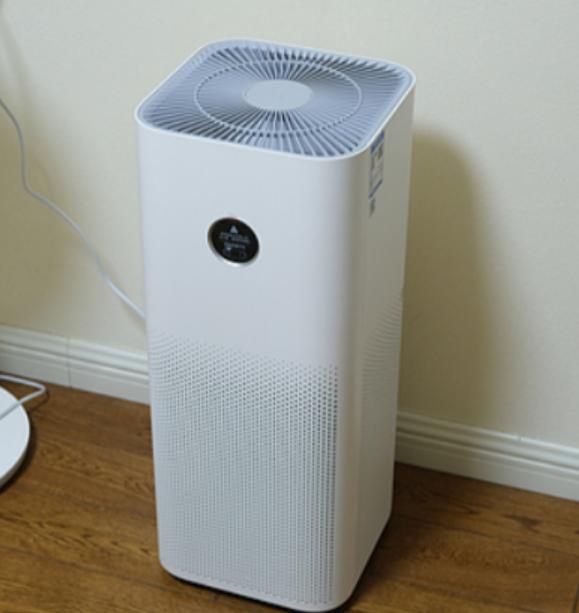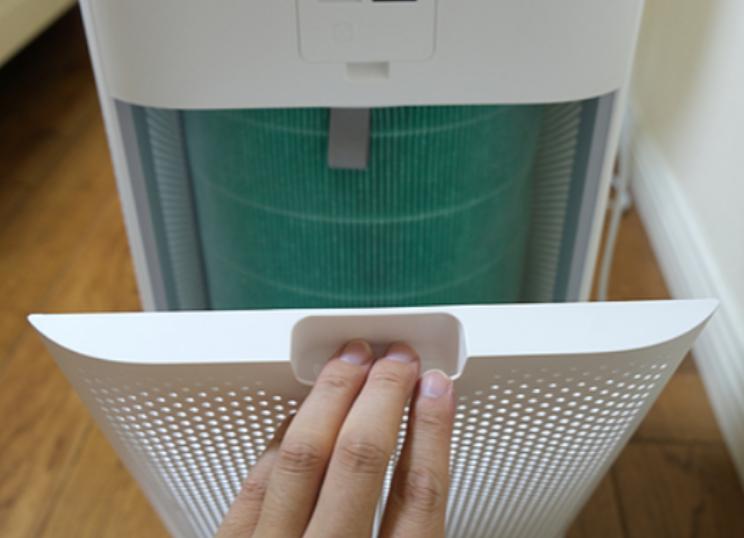
Air purifiers significantly improve the quality of indoor air, providing a healthier living environment. They are especially beneficial for individuals with allergies or respiratory conditions. If you’ve ever wondered how does an air purifier work, understanding the process can help you better appreciate their role in maintaining a clean and healthy home. The process involves capturing and removing pollutants, allergens, and odors through advanced filtration technology.

What Pollutants Do Air Purifiers Remove?
Air purifiers are designed to tackle a wide array of pollutants. These pollutants include dust, pollen, pet dander, mold spores, and other airborne allergens that trigger allergic reactions. Additionally, air purifiers can remove smoke particles and volatile organic compounds (VOCs) released from household products and materials. Another significant benefit is the elimination of odors from cooking, pets, and other sources. Furthermore, air purifiers can capture and deactivate bacteria and viruses, reducing the risk of illness. By effectively targeting these contaminants, air purifiers contribute to better respiratory health and a fresher indoor environment.
How Does an Air Purifier Work? The Step-by-Step Process
Step 1: Air Intake and Circulation
The first step in the air purification process is air intake. The air purifier pulls in air from the surrounding environment through a fan. This process ensures a constant circulation of air, which is essential for efficient cleaning.
Step 2: Filtration System (HEPA, Activated Carbon, Ionization, etc.)
Once the air is drawn in, it passes through a series of filters. The most common filters include HEPA (High-Efficiency Particulate Air) filters, activated carbon filters, and ionization systems. HEPA filters are highly effective, capturing 99.97% of particles as small as 0.3 microns. Activated carbon filters target gaseous pollutants and odors by adsorbing them onto the filter’s surface. Ionizers release negatively charged ions that attach to positively charged particles, causing them to drop out of the air.
Step 3: Purified Air Release
After the air is filtered, the purified air is released back into the room. This continuous process ensures that the air quality remains high. The efficiency of this process depends on the air purifier’s design and the types of filters used.

What Are the Different Types of Air Purifiers?
HEPA Filter Air Purifiers
HEPA filter air purifiers are the most widely recognized for their effectiveness. They trap tiny particles, including dust, pollen, and pet dander, making them ideal for allergy sufferers.
Activated Carbon Air Purifiers
Activated carbon air purifiers specialize in removing odors, smoke, and chemical gases. The porous carbon material adsorbs these pollutants, which makes them effective for improving air quality in homes with pets or smokers.
UV-C Light Air Purifiers
UV-C light air purifiers use ultraviolet light to kill or inactivate microorganisms such as bacteria, viruses, and mold. These are particularly useful in environments where hygiene is a priority.
Ionic Air Purifiers
Ionic air purifiers emit ions that attach to airborne particles, causing them to fall out of the air. These are effective for smoke and small particles but may produce ozone, which requires careful consideration.
How to Maximize the Efficiency of Your Air Purifier?
Proper Placement and Usage
To maximize efficiency, place the air purifier in a central location, away from obstructions. Ensure it operates continuously, especially in rooms where you spend the most time.
Maintenance and Filter Replacement
Regular maintenance is crucial. Clean and replace filters as recommended by the manufacturer to ensure optimal performance.
Room Size and Air Exchange Rate Considerations
Choose an air purifier suitable for the room size. Check the Clean Air Delivery Rate (CADR) to ensure it meets your needs. The higher the CADR, the faster the air purifier can clean the air.
Conclusion
Air purifiers play a vital role in maintaining a healthy indoor environment by removing pollutants, allergens, and odors. Understanding how does an air purifier work and choosing the right type can significantly enhance their benefits, leading to cleaner, fresher air in your home.
FAQ
How long does it take for an air purifier to clean a room?
The time it takes for an air purifier to clean a room depends on the size of the room and the air purifier’s CADR. Typically, it can take 30 minutes to two hours for an air purifier to make a significant difference.
Do air purifiers remove viruses and bacteria?
Yes, many air purifiers equipped with HEPA filters or UV-C light technology can capture and deactivate viruses and bacteria, reducing the risk of airborne transmission.
Can an air purifier eliminate strong odors like smoke and pet smells?
Yes, air purifiers with activated carbon filters are particularly effective at removing strong odors, including smoke and pet smells, by adsorbing these particles onto the carbon surface.